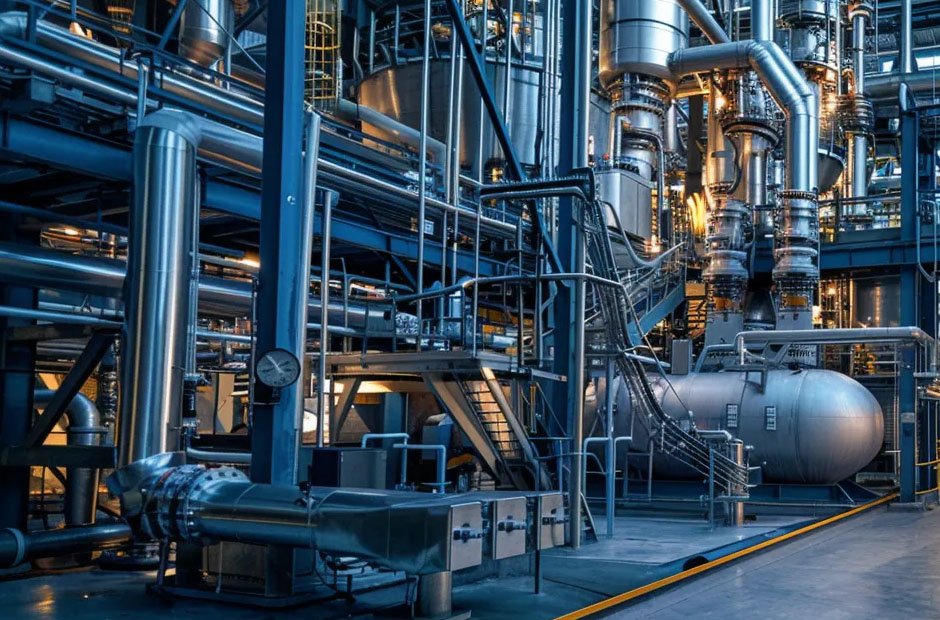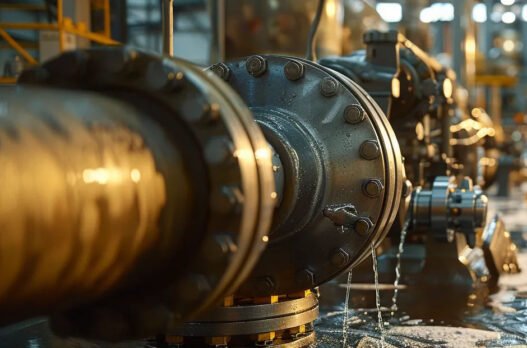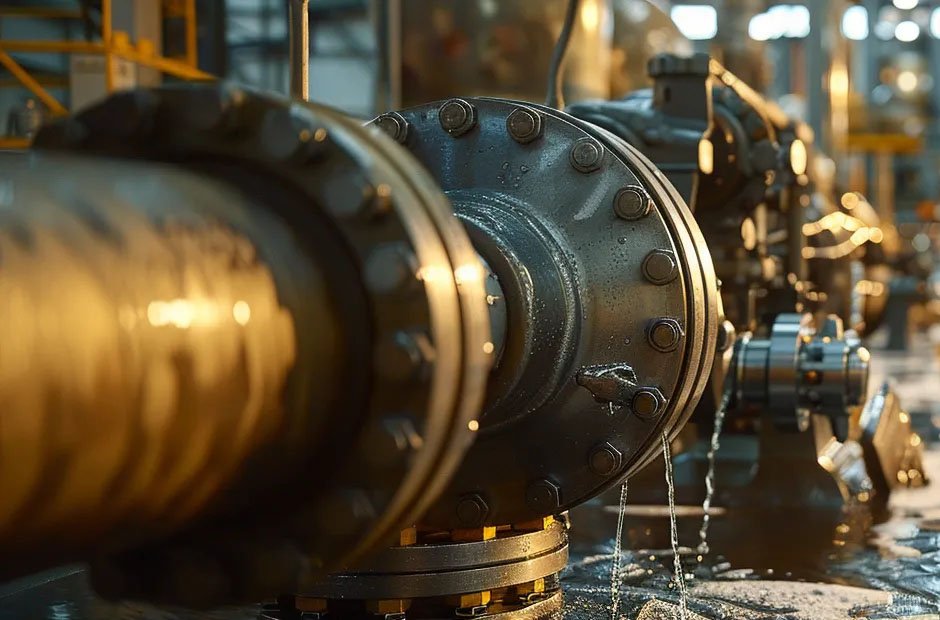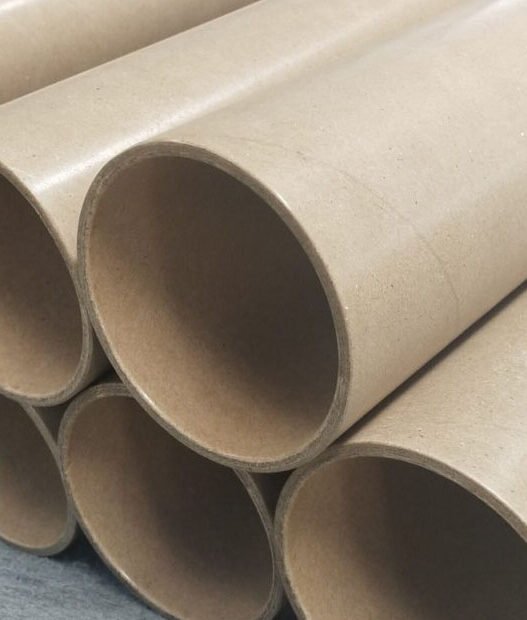Viking positive displacement pumps represent a pinnacle of engineering designed to optimize industrial fluid management. These powerful tools are applauded for their reliability, precise flow control, and versatility in handling a wide range of viscous materials. From oil and gas operations to pharmaceutical production, Viking pumps provide solutions that industry professionals rely on daily. Their advanced technology and durable construction make them an essential component in improving productivity and reducing downtime. Below, we delve into the features and benefits of these indispensable industrial assets.
Understanding Viking Positive Displacement Pumps and Their Operational Advantages
Viking positive displacement pumps operate on a principle that ensures a consistent flow rate, regardless of the system pressure. This essential characteristic sets them apart from other pump types that are affected by variations in system pressure. The ability to move a set volume of fluid with each rotation makes them ideally suited for applications requiring precise dosing or metering.
Another significant advantage that Viking pumps offer is their inherent ability to handle high-viscosity fluids. Where centrifugal pumps may struggle or require significant power, these positive displacement pumps excel, maintaining their efficiency and effectiveness. This makes them an ideal choice for industries dealing with heavy oils, paints, or syrups.
The Viking industrial positive displacement pump is a benchmark for quality in an industrial setting. Its design takes into account the challenges industry professionals face, providing a reliable solution that not only meets but often exceeds expectations in performance and longevity.
Strategies for Optimizing Process Efficiency With Viking Pumps
The primary strategy for optimizing efficiency with Viking pumps is selecting the right pump for the specific application. Considering factors such as fluid viscosity, temperature, and chemical compatibility is essential in ensuring that the pump operates within its optimum range. Proper selection minimizes wear and maintains high operational standards.
Another key strategy involves correct installation and commissioning of the pumps. Improper alignment or installation can lead to premature wear and reduce efficiency. By ensuring that Viking pumps are correctly set up following industry best practices, companies can achieve maximum performance and energy efficiency.
Operational efficiency can also be improved through regular monitoring and predictive maintenance. By keeping tabs on pump performance indicators such as flow rate, pressure, and power consumption, maintenance can be scheduled before major failures occur, thus avoiding costly downtime.
Maintaining Viking Positive Displacement Pumps for Long-Term Performance

Consistent maintenance is key to ensuring Viking pumps operate at peak efficiency over their lifespan. This process starts with regular inspection, wherein the pump’s components are checked for wear and potential issues. Identifying and addressing minor problems early prevents them from escalating into major ones.
Lubrication plays a critical role in maintenance, keeping the moving parts of the pump operating smoothly. Choosing the correct type of lubricant and adhering to the recommended lubrication schedule is imperative for preventing undue friction and heat, which could lead to premature failure.
Lastly, maintaining a stock of essential spare parts can significantly reduce downtime. Having readily available replacements for commonly worn parts, such as o-rings, gaskets, or bearings, allows for quick repairs, minimizing disruption to operations.
Case Studies: Success Stories of Viking Pumps in Industry

Real-world examples of Viking pumps in action serve as a testament to their versatility and dependability. In one case study, a chemical processing plant reported a significant improvement in the reliability of their fluid transfer processes after switching to Viking pumps. The pumps’ resistance to corrosive materials resulted in fewer maintenance requirements and an overall increase in productivity.
Another success story comes from the pharmaceutical industry, where a Viking pump was used to handle delicate vaccine formulations. The gentle, consistent flow provided by the pump ensured that the vaccines remained intact throughout the process, which was crucial for the integrity of the final product.
Altogether, Viking positive displacement pumps stand as a critical ally in the pursuit of operational excellence across various industries. Their robust design, tailored for the toughest of tasks, combined with the ability to maintain precision and efficiency, offers a compelling value proposition for businesses looking to enhance their processes. Overall, the success stories of Viking pumps not only reflect their capabilities but also underline the importance of reliable and efficient fluid handling in industrial settings.













